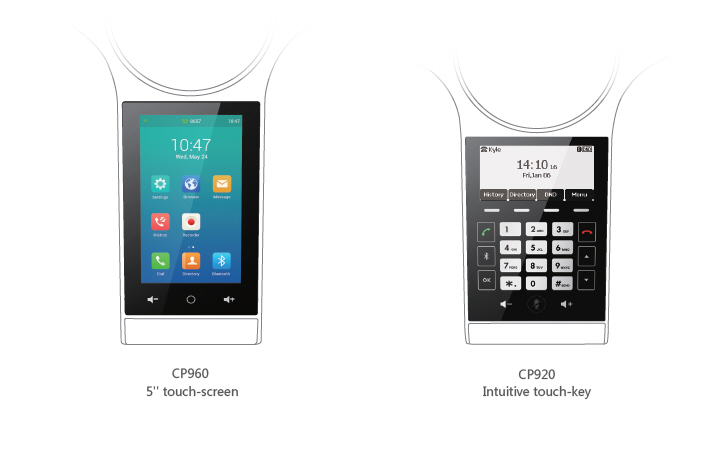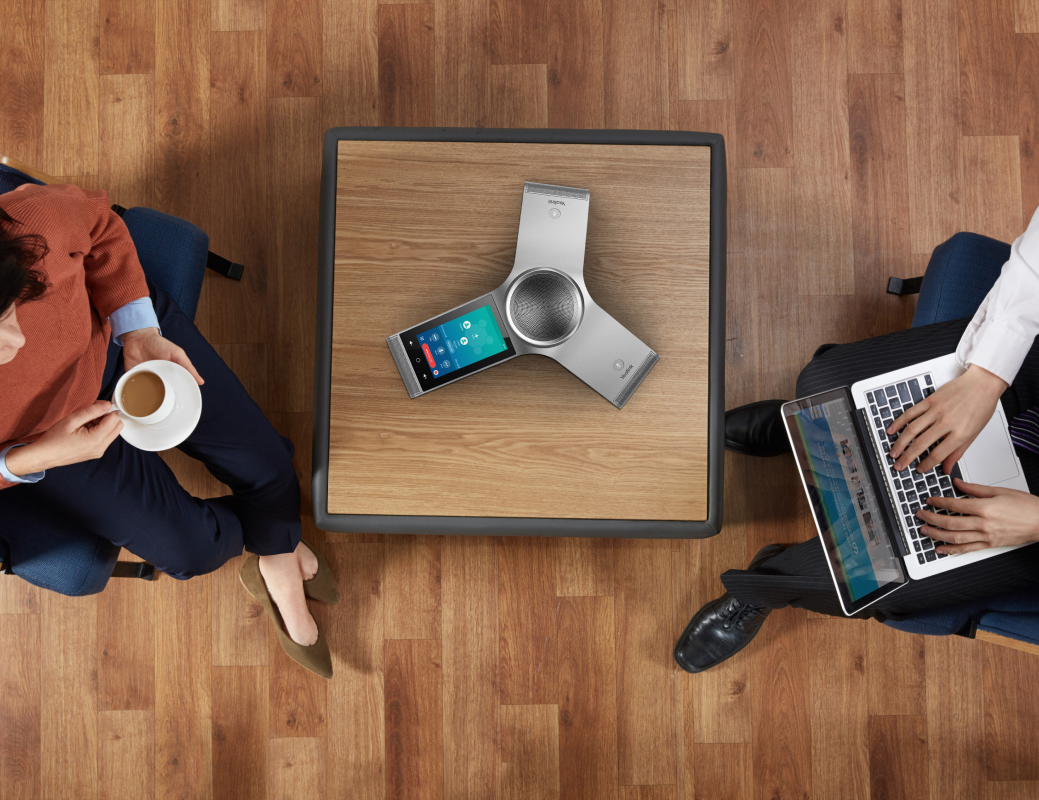Introduction
In the fast-paced world of communication, understanding the technology that underpins our daily interactions can be daunting. Enter Voice over Internet Protocol (VoIP) phone systems—a revolutionary approach to telephony that allows users to make calls over the internet instead of traditional phone lines. If you're new to this technology or simply looking to expand your knowledge, you've landed in the right place. This comprehensive guide titled "VoIP Phone Systems for Beginners: Essential Terms Explained" aims to clarify the terminology surrounding VoIP phone systems and help you understand how they work, their advantages, and their potential drawbacks.
What is a VoIP Phone System?
Understanding VoIP Technology
A VoIP phone system converts your voice into data packets that are transmitted over the internet. Unlike traditional analog systems that rely on copper wires, VoIP uses your existing broadband connection, which can significantly reduce costs and enhance flexibility.
Key Features of VoIP Phone Systems
Cost Efficiency: Lower calling rates, especially for long-distance and international calls. Flexibility: Ability to use multiple devices—smartphones, computers, or IP phones. Scalability: Easy to add or remove lines as business needs change.How Does a VoIP Phone System Work?
The Process of Voice Transmission
When you speak into a VoIP phone, your voice is converted into digital packets. These packets travel through the internet and are reassembled at the other end.

Components of a VoIP System
- VoIP Phones: Can be hardware-based (dedicated IP phones) or software-based (applications like Skype). Internet Connection: A stable broadband connection is essential for quality service. VoIP Provider: An external service provider manages call routing and connectivity.
VoIP Phone Systems for Beginners: Essential Terms Explained
1. SIP (Session Initiation Protocol)
SIP is a signaling protocol used to initiate, maintain, and terminate real-time sessions involving video, voice, messaging, and more.
2. PBX (Private Branch Exchange)
A PBX is a private telephone network used within an organization that allows users to communicate internally as well as externally using different communication channels.
3. Codec
A codec compresses and decompresses digital audio data streams. Common audio codecs include G.711 and G.729.
Benefits of Using VoIP Phone Systems
Cost Reduction
One of the most compelling reasons businesses adopt VoIP technology is cost savings on long-distance calls and infrastructure costs.
Increased Accessibility
VoIP allows employees to work from anywhere with an internet connection—ideal for remote work setups.
Challenges Associated with VoIP Phone Systems
Reliability Concerns
As with any technology reliant on an internet connection, outages can disrupt service.
Quality Issues
Call clarity may suffer if bandwidth is insufficient or if there’s network congestion.
Choosing the Right VoIP Phone System for Your Needs
Assessing Your Requirements
To select an ideal system:
- Determine your call volume. Evaluate whether you need additional features like voicemail-to-email integration.
Comparing Providers
Look beyond pricing; examine customer support options and user reviews before making a decision.
FAQs
1. What equipment do I need for a VoIP phone system?
For a basic setup, you'll need:
- A reliable internet connection A device capable of running VoIP applications (computer or smartphone) Optional: an IP phone designed specifically for VoIP use
2. Is it safe to use a VoIP phone system?
While generally secure, it's crucial to implement robust security measures such as encryption protocols and firewalls to protect against potential threats like hacking or eavesdropping.
3. Can I keep my existing phone number when switching to VoIP?
Yes! Most providers offer number porting services that allow you to retain your current number when transitioning to a new system.
4. How much does a typical VoIP service cost?
Costs vary widely depending on features and provider but typically range from $20-$50 per month per line for business services.
5. Do I need special training to use a VoIP phone system?
Not necessarily! Many systems have user-friendly interfaces designed for quick adoption without formal training.
6. What happens during power outages with my VoIP system?
If there’s no backup power source or https://ameblo.jp/ricardolrka235/entry-12879143121.html if your modem/router is down during an outage, you may not be able to make or receive calls until power is restored.
Conclusion
Navigating through the complex world of telecom technology can feel overwhelming at first glance; however, understanding key terms related to VoIP phone systems can empower you as both a consumer and user in this digital age. By familiarizing yourself with essential concepts like SIP protocols, PBX configurations, codecs, benefits versus challenges of adoption, you'll be well-prepared to explore further into how these powerful tools can enhance communication in your personal life or workplace environment.

Remember that adapting new technologies often comes with its own set of challenges; however, embracing them opens up incredible opportunities for improved efficiency and effective communication strategies across various platforms—all while saving money along the way!

Now that we've covered the fundamentals regarding VoIP phone systems—do you feel ready to take the plunge?